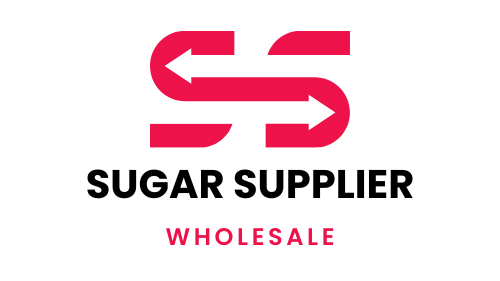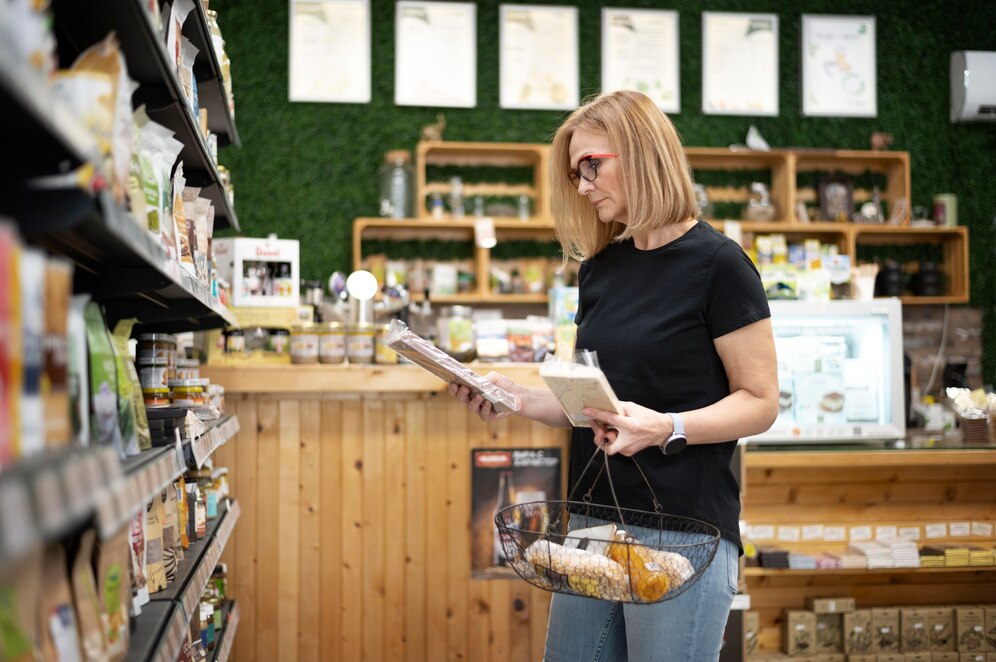Choosing sustainable sugar holds important consumer guides to making environmentally and socially responsible purchasing decisions. However, with various sugar products available on the market, navigating the landscape of sustainability labels and certifications can be daunting. In this blog post, we’ll provide consumer guides to help you identify sustainable sugar, understand its benefits, consider its impact on health, decipher labels, and offer shopping tips to make informed choices.
How to Identify
Identifying sustainable sugar starts with understanding the different certifications and labels associated with ethical and environmentally friendly practices. Fair Trade, Rainforest Alliance, and USDA Organic certifications indicates produced sugar promotes fair wages, environmental conservation, and ethical labor practices. Additionally, consider the source of the sugar. Sugar produced from sustainable farming practices, such as organic or regenerative agriculture, is often a better choice for the environment and communities.
Benefits of Sustainable Sugar
Choosing sustainable sugar offers numerous benefits for both the environment and society. Sustainable sugar production helps preserve biodiversity, protect ecosystems, conserve water resources, and reduce carbon emissions. By supporting sustainable farming practices, consumers contribute to the long-term health and viability of agricultural systems and rural communities. Moreover, sustainable sugar often tastes better and is of higher quality. It is a method to prioritize soil health, crop diversity, and natural inputs.
Impact on Health
In addition to its environmental and social benefits, sustainable sugar can also have positive implications for health. Organic and minimally processed sugars retain more of their natural nutrients, such as vitamins, minerals, and antioxidants, compared to highly refined sugars. Choosing less processed sugars can help reduce the intake of additives and chemicals often found in conventional sugar products. However, it’s essential to remember that even sustainably sourced sugar should be consumed in moderation as part of a balanced diet.
Guide to Labels
Understanding labels is key to choosing sustainable sugar products. Look for certifications such as Fair Trade, which ensures fair wages and working conditions for farmers and workers, and Rainforest Alliance, which focuses on environmental conservation and community development. Additionally, labels such as USDA Organic indicate that the sugar has been produced without synthetic pesticides, fertilizers, or genetically modified organisms (GMOs), while Non-GMO Project Verified signifies that the product is free from genetically engineered ingredients.
Shopping Tips
When shopping for sustainable sugar, consider purchasing from brands and suppliers that prioritize transparency and ethical sourcing practices. Look for companies that disclose information about their supply chains, sourcing policies, and sustainability initiatives on their websites or product packaging. Support local and small-scale producers whenever possible, as they often have closer ties to their communities and may employ more sustainable farming practices. To learn more about ethical sugar-sourcing practices, read our blog post on exploring ethical sugar-sourcing practices.
Conclusion
In conclusion, choosing sustainable sugar is an important way for consumers to support environmentally friendly and socially responsible practices in the sugar industry. By understanding how to identify sustainable sugar, recognizing its benefits for health and the environment, deciphering labels, and following shopping tips, consumers can make informed choices that align with their values. As consumer demand for sustainable products continues to grow, companies are increasingly motivated to adopt more ethical and transparent sourcing practices. By supporting sustainable sugar producers and advocating for positive change in the industry, consumers can play a vital role in promoting sustainability and driving meaningful impact throughout the supply chain.

